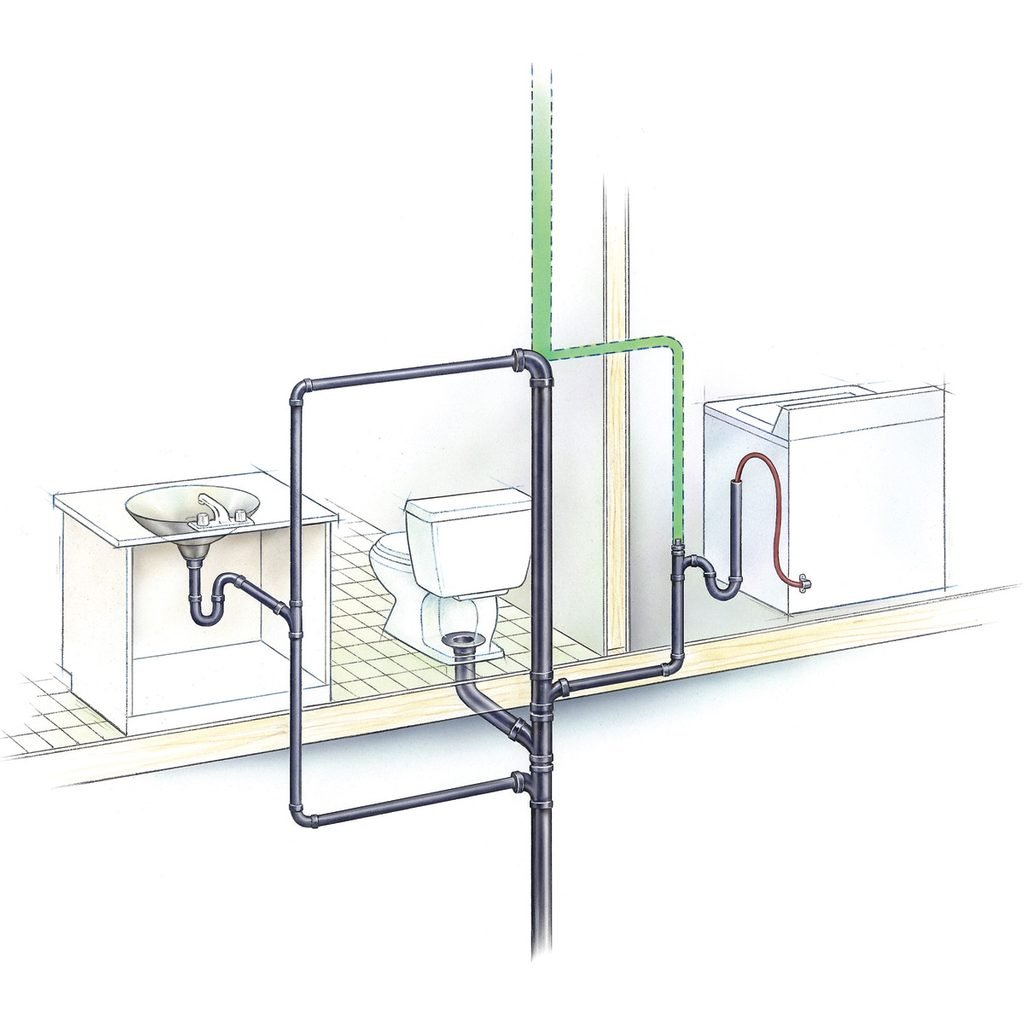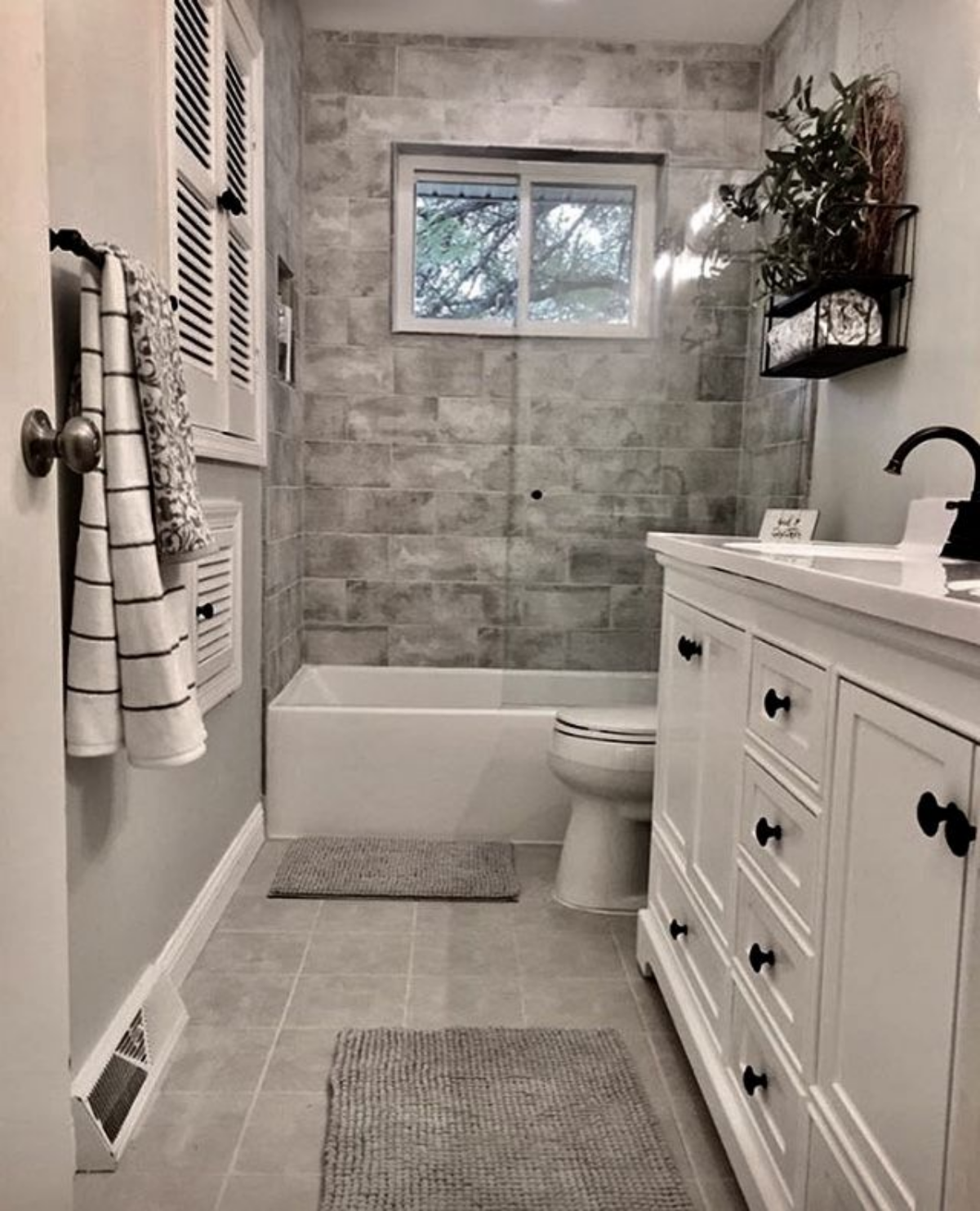Key Advantages for Correct Ventilation in Plumbing Systems
Key Advantages for Correct Ventilation in Plumbing Systems
Blog Article
How do you feel with regards to What Is A Plumbing Vent & How Do They Work??

Correct ventilation in plumbing systems is commonly ignored, yet it is crucial for preserving the functionality and safety of your home's plumbing. Air flow helps manage atmospheric pressure, prevent the build-up of unsafe gases, and make sure the efficient removal of waste. In this guide, we will certainly discover the significance of correct plumbing ventilation, how it works, and the advantages it offers your pipes system.
Recognizing Ventilation in Plumbing
Air flow in plumbing describes the network of pipelines that allow air to stream with the water drainage system. These vents offer multiple functions, consisting of managing atmospheric pressure within the pipelines, avoiding sewage system gases from entering the home, and aiding in the smooth flow of wastewater.
Exactly How Air Flow Functions in Pipes Equipments
Atmospheric Pressure Law
Correct air flow preserves well balanced atmospheric pressure within the plumbing system. When water moves with pipelines, it displaces air. Without sufficient ventilation, this variation can produce unfavorable pressure, leading to slow down drains pipes or siphoning of water from traps, which can create undesirable smells to seep right into the home.
Preventing Drain Gas Build-up
Among the most crucial functions of pipes vents is to stop drain gases, such as methane and hydrogen sulfide, from gathering within the home. These gases can pose serious health and wellness dangers and are extremely combustible. Vent pipelines permit these gases to run away securely outdoors.
Helping in Waste Removal
Air flow helps in the effective elimination of wastewater by avoiding airlocks in the water drainage system. When air can stream easily with the vents, it allows water and waste to stream smoothly through the pipelines, reducing the risk of clogs and backups.
Sorts Of Pipes Vents
Key Heap Vent
The major stack vent, additionally called the vent stack, is the main vent in a plumbing system. It prolongs from the main drain align through the roof covering, enabling gases to escape and fresh air to go into the system.
Branch Vent
Branch vents connect to the major stack vent and serve individual components, such as sinks, commodes, and showers. These vents ensure that each fixture has sufficient air flow to work effectively.
Air Admission Shutoff (AAV).
An Air Admittance Valve (AAV) is a one-way valve that allows air to get in the pipes system without the need for a standard vent pipe extending with the roof. AAVs are frequently used in restorations or locations where installing a conventional air vent is impractical.
Indications of Poor Air Flow in Pipes.
Slow Draining Fixtures.
If your sinks, tubs, or bathrooms are draining slowly, it could be a sign of inadequate air flow. Insufficient air circulation can develop a vacuum cleaner impact, making it hard for water to drain pipes appropriately.
Gurgling Seems.
Gurgling noises coming from drains are often a result of air being sucked through water traps due to unfavorable pressure in the pipelines. This is a clear sign of not enough ventilation.
Undesirable Smells.
Sewage system odors inside your home are a warning that your pipes system is not correctly ventilated. This can suggest that drain gases are not being appropriately aired vent outside, bring about potentially hazardous problems.
Common Air Flow Mistakes.
Inadequate Vent Sizing.
Making use of small air vent pipes can result in inadequate air circulation and stress imbalances in the system. It's necessary to utilize vents that satisfy the details needs of your plumbing system.
Improper Vent Placement.
Positioning vents too much from the components they offer can minimize their effectiveness. Appropriate placement guarantees that air can flow openly and effectively through the system.
Ignoring Code Requirements.
Building regulations give details guidelines for plumbing air flow. Neglecting these codes can lead to a system that stops working to operate correctly and might bring about costly fixings or health hazards.
Benefits of Correct Air Flow.
Enhanced System Effectiveness.
Properly ventilated plumbing systems operate extra successfully, with fewer obstructions, faster draining pipes, and much less pressure on the pipes. This efficiency expands the lifespan of the plumbing system.
Improved Air High Quality.
By protecting against sewage system gases from entering your home, appropriate ventilation contributes to far better indoor air quality, making your living environment healthier and a lot more comfy.
Avoiding Water Damage.
Adequate air flow assists avoid water from being siphoned out of traps, which can cause sewer gases entering the home and triggering water damage with time.
Steps to Ensure Correct Ventilation.
Consulting Pipes Codes.
Always consult regional pipes codes when making or modifying your pipes system. These codes provide the needed standards for correct venting and ensure your system satisfies safety and security standards.
Normal Evaluation and Maintenance.
Routine examinations can help determine prospective ventilation problems before they become significant issues. Upkeep tasks, such as cleaning vent pipes and checking for clogs, are necessary for maintaining the system in good working order.
Expert Installation.
For new installments or significant adjustments, it's a good idea to employ an expert plumbing. They have the experience to make sure the ventilation system is appropriately created and set up according to code.
Verdict.
Appropriate ventilation is a crucial part of any type of pipes system, ensuring that it works successfully and safely. By recognizing the significance of ventilation, acknowledging the signs of poor ventilation, and taking actions to preserve your system, you can protect against expensive concerns and shield your home's air top quality.
4 Things You Should Know About Your Plumbing Vents
What Plumbing Vents Are
Also called a vent stack, a plumbing vent is a vertical pipe attached to your drain line that runs through your roof. The plumbing vent pipe, or plumbing air vent, removes gas and odors from your plumbing system and allows fresh air to enter the pipes, helping the water to flow out of the drain pipes.
What Plumbing Vents Do
Plumbing vents have two basic functions. One of which is to allow unpleasant smelling wastewater and sewer gasses to escape your plumbing system instead of entering your home. Plumbing vent pipes are typically located on roofs, away from windows, to ensure the fumes exit the home completely.
The other function of the plumbing vent is to move fresh air into your plumbing system. This helps move water through every plumbing fixture in your house, like toilets and sink drains. Think of the way in which you need to let a little air into the bottle as you pour soda in order to make the drink flow smoothly.
Different Types of Plumbing Vents
True vent: This is the most common vent option. In simplest terms, a true vent is a vertical pipe attached to your drain line that exits through the roof. They often function as the main vent that other fixtures can connect to. Re-vent pipe or auxiliary vent: Attached to the drain line near specific plumbing fixtures, re-vent pipes run up and over to connect to the main vent. Common vent: Two plumbing fixtures installed on opposite sides of a wall are typically tied into the vent stack using something known as a sanitary cross. Wet vent: This venting option operates as a drain pipe and a vent at the same time. Wet vent drainage systems drain water from one fixture while venting the air from another. Although they’ve been used for over 100 years, wet vent systems have only recently been added to the plumbing code in many areas. If you’re planning on installing one in a bathroom remodel, make sure you check your local code prior to construction. Loop vent: For free-standing fixtures like kitchen island sinks, loop vents are ideal. These vent pipes run under the floor, rise from the P-trap, and create a loop inside the cabinet sink. Air admittance valve: An AAV is a one-way mechanical valve typically installed at the site of the plumbing fixture. AAVs allow venting to occur without having to tie into a larger venting system. They’re ideal for venting fixtures where you aren’t able to easily connect to an existing vent system. Common Plumbing Vent Issues
Although vent pipes typically don’t have water flowing through them, they’re still subject to many typical plumbing issues. For example, clogs are one of the most common problems associated with sewer vent pipes. If your vent pipe gets clogged, all of your plumbing fixtures tied into the vent stack will be affected.
A sink with a slow drain that bubbles and gurgles or a strong sewage smell around your toilet are both indicators that your toilet vent pipe is clogged. Because most vent pipes exit through the roof, old leaves, twigs or even a bird’s nest could be clogging the pipe.
Clogs in your vent pipe system cause a buildup of negative pressure, meaning that water won’t be able to flow out of your home very well. It’s similar to putting your finger over the opening of a straw to trap water inside. When you remove your finger, the water is able to flow out of the straw.
If you suspect you have any blockage in your vent, make sure you have a professional come examine the situation. Left unchecked, a blocked air vent can lead to other costly repairs, like leaks and sediment buildup.
Under Pressure
Pipe vents are essential aspects of a home’s plumbing system. Owning a home means learning about all sorts of things you never put much thought into before. But by understanding as much as you can about the important systems of your home, you can keep those budgets intact and those anxiety levels low.
https://www.homeserve.com/en-us/blog/home-improvement/plumbing-vents/

We were shown that report on What Is A Plumbing Vent & How Do They Work? from a good friend on our other blog. I beg you take a moment to share this page if you liked it. Thanks for taking the time to read it.
Visit Page Report this page